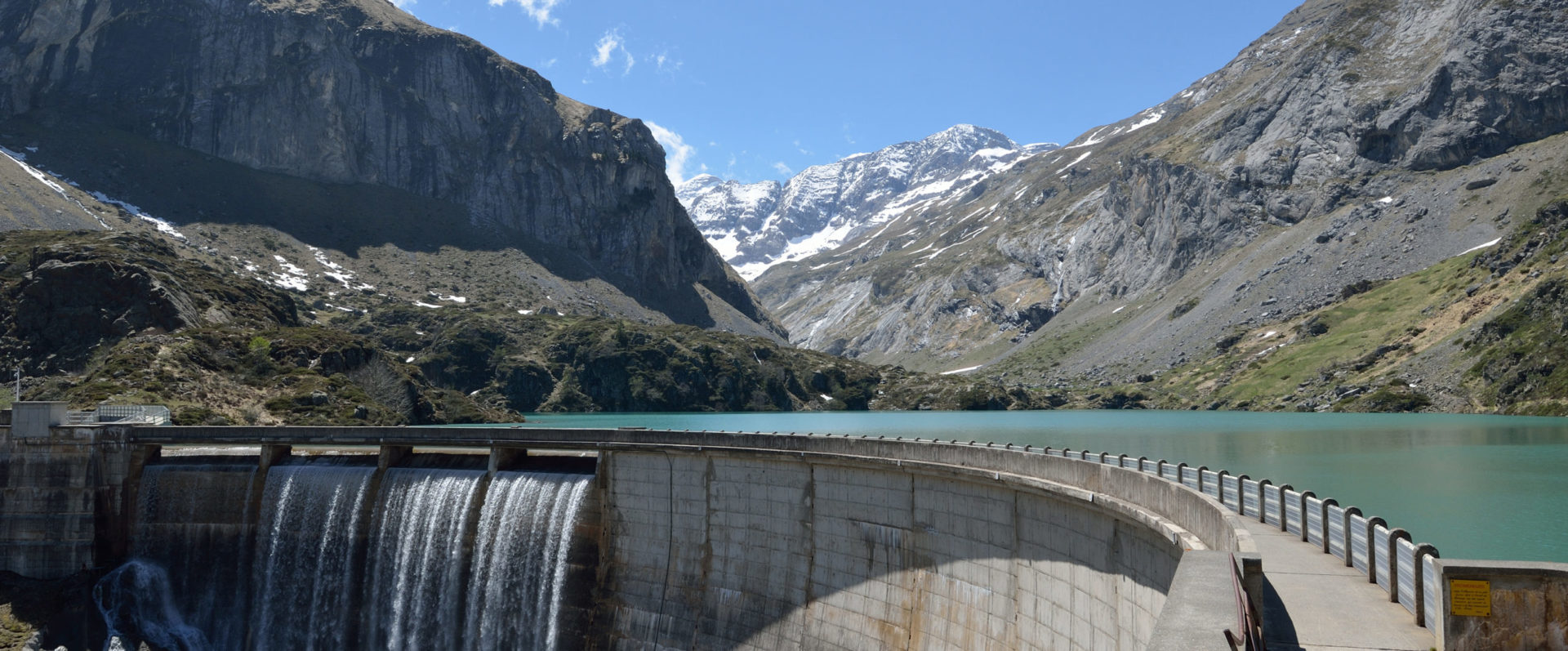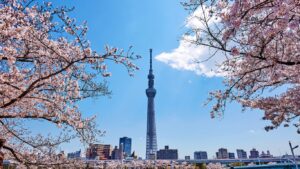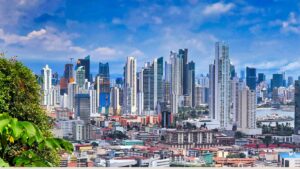- SIWI – Leading expert in water governance
- /
- Latest
- /
- Balancing Green & Grey this World Water Day
Balancing Green & Grey this World Water Day

SIWI's Executive Director, Torgny Holmgren, reflects on the theme for this year's World Water Day and the roles that nature and humans play in all aspects of water. How should green and grey infrastructure be balanced as we move towards sustainable, responsible and inclusive water management.
Going into World Water Day I have an ambivalent feeling. This year’s theme The Answer is in Nature can sound almost like mockery considering how badly parts of the world have been hit in recent years due to water-related natural disasters, be it floods, storms or droughts.
The relationship between humans and the rest of nature is not always easy. We have entered the Anthropocene – an era in which our species has emerged as a major force of nature. This is particularly visible in relation to water, where human interventions occur throughout the hydrological cycle. Change in land use alters evaporation which in turn can change atmospheric movements of moisture and cause droughts or floods in distant river basins. Once on the ground, the fate of rainwater is largely determined by human activities, culture and infrastructure. Who gets how much water, and of what quality, often depend as much on human laws as it depends on the laws of nature.
And now we are supposed to look back at nature for answers? It might seem contradictory, but there are two things to keep in mind. The first is that, in this era of ‘alternative truths’, nature is a fact. It doesn’t budge, scare or care. The second thing to remember is that nature’s solutions are tried and tested over thousands of years. The smart thing is to work with nature and learn as much as we can from it. One important step in that direction is to guide the so called ‘human nature’ to align with the rest of nature. This is a matter of water governance, balancing our demands and activities against what nature can sustainably provide and withstand.
We cannot, for example, influence the frequency of hurricanes in the short term, but by restoring or retaining spongy surfaces in and around cities we can decrease the risk of storms resulting in flooding. Green spaces in a city can also help to capture rain and allow infiltration. Paving over the saw-grass prairie around Houston reduced the city’s ability to absorb the water that hurricane Harvey brought in August 2017. In Singapore, green spaces have become a vital tool for capturing rainfall. Ranked as one of the most water-stressed countries in the world 2015, the city-state is turning into a poster town for urban water management, partly because of its decision to invest in expanding urban greenery.
A wonderful thing about these green infrastructure solutions is that they are inherently multi-functional. City parks capture rain, but they also boost quality of life, improve the city’s microclimate and often look good doing so. Another great feature is that green infrastructure solutions are often much more resilient. They tend to bend under pressure, rather than break, and they can repair themselves and restore their functionality even after significant damage.
Around the world, we have long acted under the assumption that grey infrastructure, purpose-built by humans, is superior to what nature itself can bring us in the form of mangroves, marshes and meadows. To some extent and under certain circumstances it may well be. Grey infrastructure in the form of dams, levees, pipes and canals, are very efficient at fulfilling a single purpose, such as transporting water. Storing water in liquid form against the pull of gravity high up in a catchment for power production isn’t what nature does best. Although trees have an incredible system for extracting soil moisture from the ground and lifting it – sometimes a hundred meters up – pumps and pipes are unmatched when it comes to supplying residents of the top floors of high-rises with water.
The point is that it isn’t a question of either/or. We need both green or grey, and we need to be wise in choosing what serves our current and potential future set of purposes best. To make sure that this deliberation takes place, we need governance systems that help us by posing the right questions and by incentivizing behaviours that align individual desires with societal good.
In addition to the current governance systems, increasing water variability with more frequent and intense extreme water events requires us to plan more for the unexpected. It may become necessary to have parallel water governance strategies: one that guides us in times when water availability is close to the historical normal and one that helps us get through times that are abnormally wet or dry.
Water management in the Anthropocene will require smart combinations of green and grey infrastructure. Technology and infrastructure to manage water is desperately needed to enable human and economic growth and development. It is needed to service people and businesses with the right amount of water at the right time and of the right quality. But inorganic infrastructure solutions are often inflexible making them less suitable in changing environments and increasingly uncertain times. Nature and ecosystems can offer softer, more malleable solutions.
Biotechnology offers an illustrating example of working with nature: by creating suitable conditions for the kind of microorganisms that carry out functions that we are after, we can make water treatment more efficient and transform a pollution problem into valuable resources. Finding the right physical structures that match the microbes demands, and the desired difference in quality between incoming and outgoing water requires knowledge, skills and patience.
Here lies the crux of the matter. The wonderful diversity in ecosystems, in political preferences, and in the way water varies within and between years, makes it impossible to pinpoint a single right balance between grey and green. Managing water will always be as much about politics as it is about physics. If we can manage it, the payback will come in the form of reliable, rich and resilient lives and livelihoods for all of us.
Originally published on IPS News
Most recent

Sweden and Japan Join Forces on Water and Climate at High-Level Tokyo Seminar
- Swedish Water House
- Water and climate
- Water cooperation






